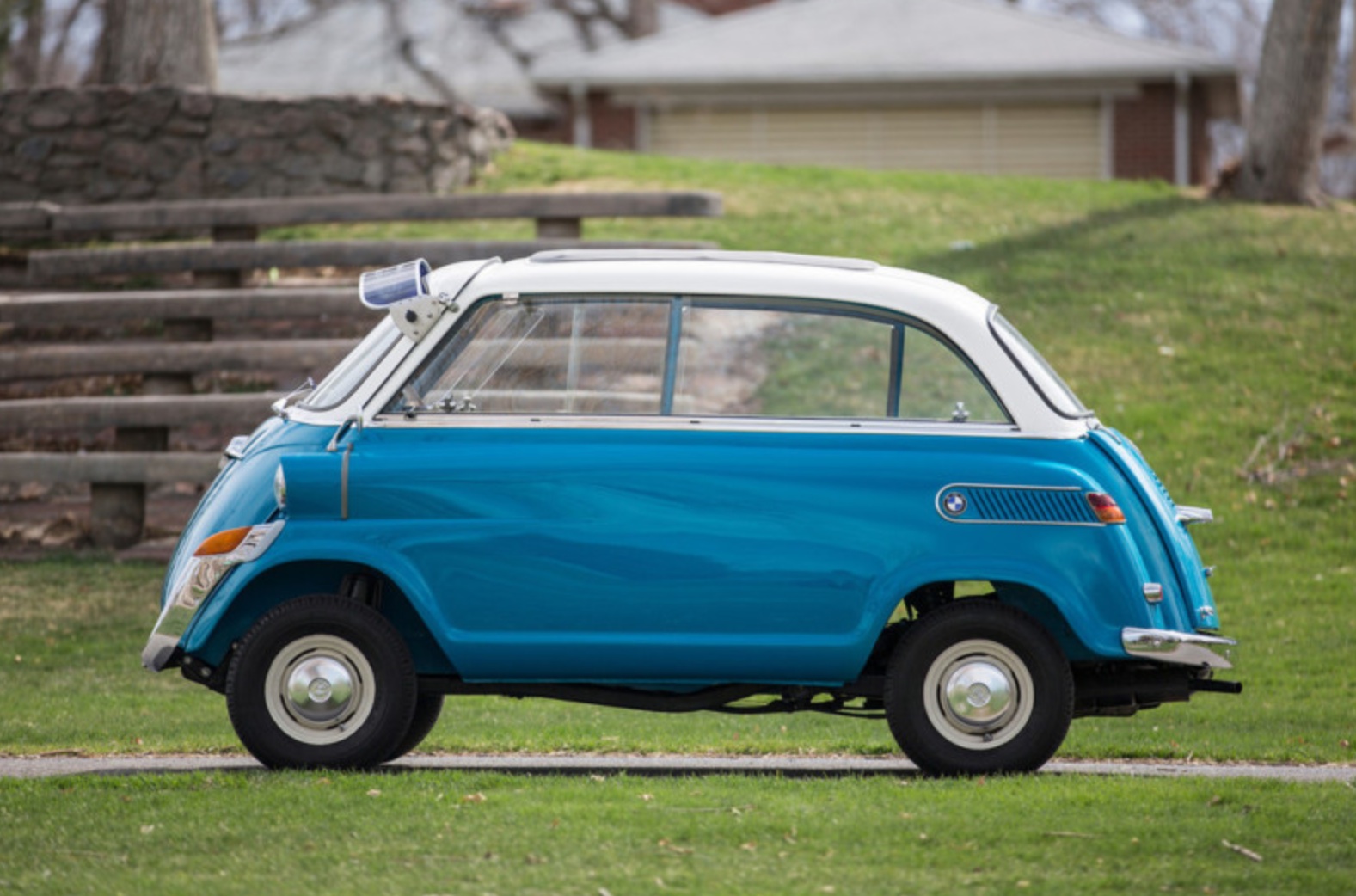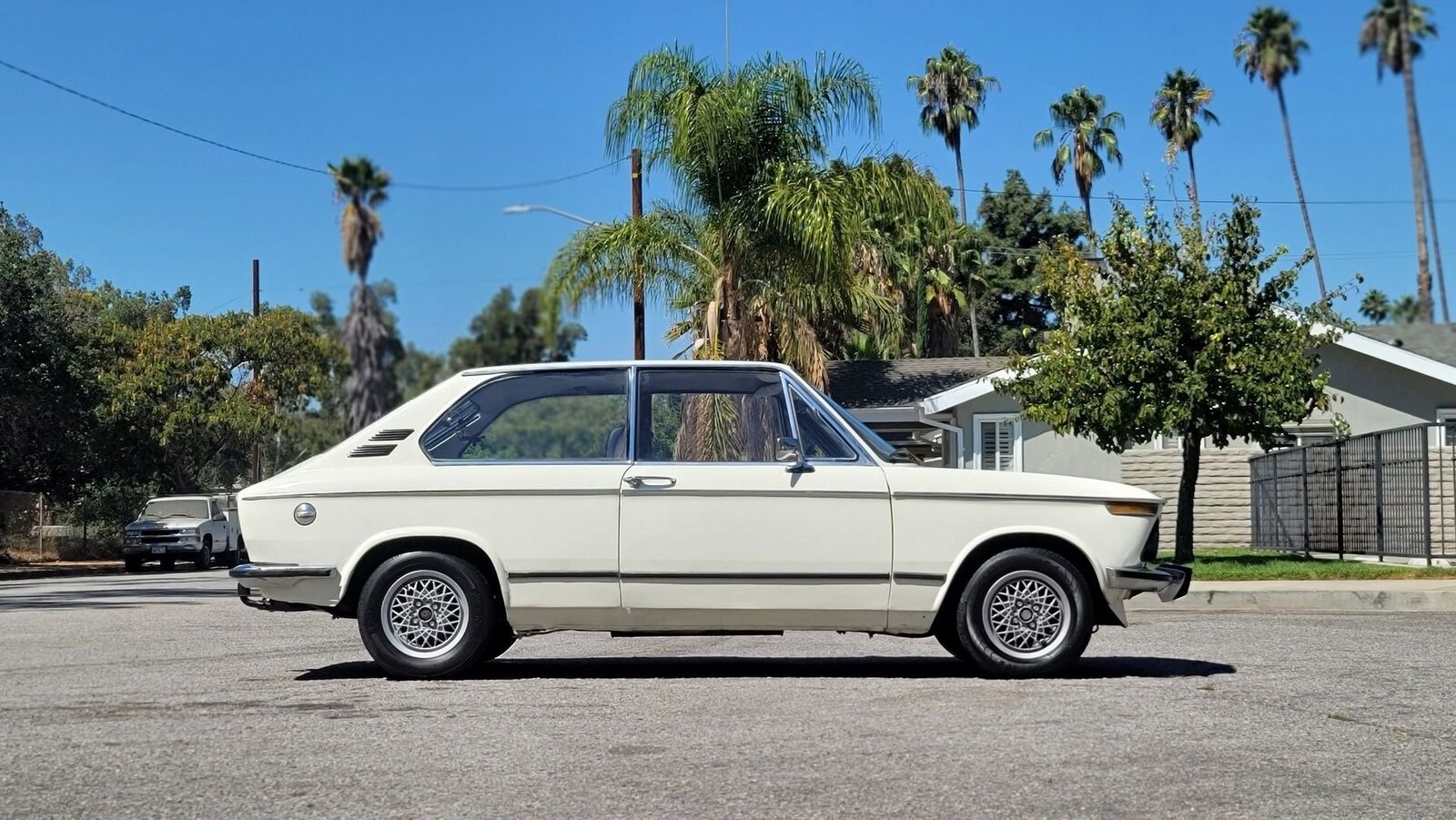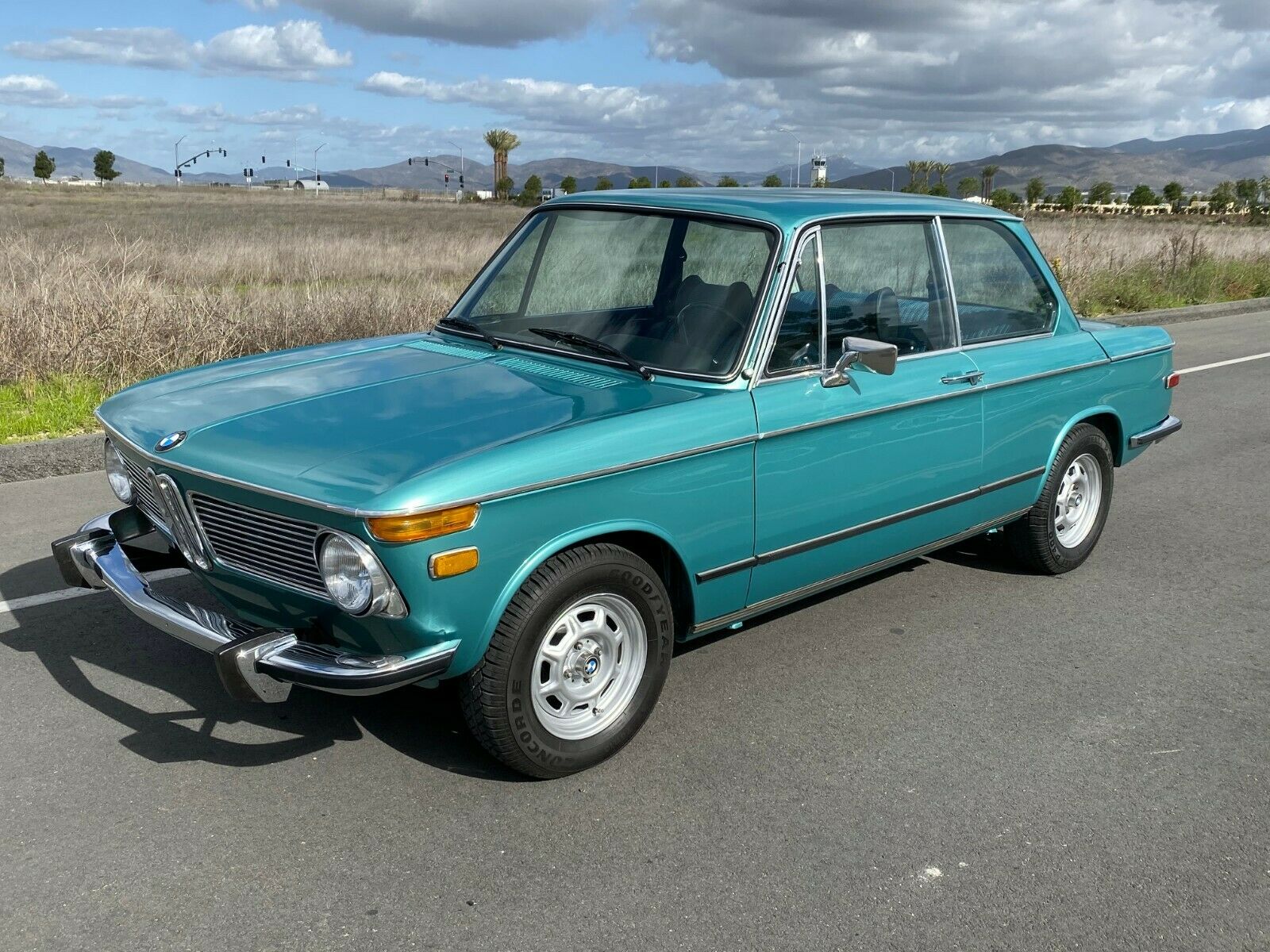Long before “Clownshoe†mania, BMW had another slightly off-beat hatchback in its lineup. The company recently spent a fairly sizable sum advertising the lineage between the 2 series and the original 2002, but as generally impressive as the new 2 is, the one thing lacking is a model similar to the E10 Touring model. Okay, the F45 and F46 tall hatchback models channel a bit of that, but let’s be honest – they’re not exactly what enthusiasts love. And similarly polarizing is the Touring model in the E10 lineup. The Michelotti design channeled some of the GT feel from the Glas acquisition, but while the fluid lines of the 1600GT worked well in a low slung sports car, moving to the taller and more upright E10 platform gave the Touring slightly odd dimensions. Shortened by about 6 inches and with additional glass, the Touring had modern conveniences like split-folding rear seats and was available in five different engine configurations over its short three year model life. From 1600 to 2002, the model designations referred to the engine capacity – imagine that! While today’s car isn’t an ultra-rare tii Touring, it’s nonetheless a neat and rare 2002 to check out, since only a few thousand were produced:
Tag: E10
Another day, another modded 2002. Like the E28, the 2002 is just one of those cars that looks great in stock form and awesome when turned up a few notches. Case in point? Today’s ’70 ‘Roundie’. This car was just a plain ’02 that has been modified with Turbo-style flares and a front valance, small bumpers, a reupholstered interior, and an M42 under the hood. It sounds an awful lot like the last one I looked at:
While the last car had a few things that I was less favorable about, to me today’s example looks just about perfect. And perhaps the best part? Not only is the heavy lifting done, but the asking price isn’t in the stratosphere:
CLICK FOR DETAILS: 1970 BMW 2002 on eBay
1 CommentBMW’s long road to recovery in the postwar era was interesting to say the least. Before the war, BMW had a moderately successful series of luxury and sports cars with its 326, 327 and 328 lineup. However, the market for those cars in Germany didn’t exist in the early 1950s and the technology was quite dated, so BMW found itself reliant upon an Italian-designed and licensed bubble car — the Isetta — to sustain early sales. Of course, with their motorcycle expertise, the air-cooled twins that found their way into Isettas were reliable (though not sprightly) units.
Though economical, a family sedan the Isetta did not make, so starting in 1957 BMW stretched the two seats into four and created the 600. With just shy of 600cc from an enlarged rear-mounted engine borrowed from a R67 motorcycle and a four-speed manual gearbox driving a new semi-independent trailing arm rear end, the 600 was a serious step forward for the company. The improvements were masked behind a familiar face (which still served as the primary door, as with the Isetta) and the 600 was not a sales success, with just shy of 35,000 produced. Intended to compete with the Beetle, it offered little respite from Volkswagen’s steamrolling sales success.

To remedy this, BMW continued to develop the 600 chassis into the larger and more conventional 700 model. Launched in 1959 as BMW skirted attempts by Daimler-Benz to purchase the Munich-based firm, the 700 heralded BMW’s first true postwar sedan. Yet in spite of the conventional sedan proportions, the 700 retained the motorcycle-based air-cooled flat-twin in the back, driving the rear wheels. Back when BMW’s naming conventions matched their engine sizes, the eponymous sedan’s power was upgraded to nearly 700cc and 30 horsepower — 50 percent more than the 600. Styling came from Italian Giovanni Michelotti, who would go on to pen the next generation of BMW sedans.
/stories/2018/08/491791.jpg)
The 700 was available in three configurations — the conventional sedan, a sporty-rooflined coupe, and a convertible, each sporting era-correct tail fins. True to the company’s history, BMW even raced the 700 in rally, circuit and hill-climb events. The 700 would go on to be a relative sales boom for the company, bridging the gap between the borrowed Isetta models and the company’s first postwar conventional sedan: the water-cooled, front-engine Neue Klasse you probably remember best in the form of the legendary 2002.

The Neue Klasse launched with quite a splash in 1961 at the Internationale Automobil-Ausstellung in Frankfurt, and signaled a new direction for the company. Badged the 1500 due to its 1499cc M10 water-cooled inline-4, the 1500 was later joined by larger displacement models, some with fuel injection; the 1800 in 1963 and the 2000 in 1966. In 1964, the 1500 was replaced by the enlarged 1600. The M10 was punched out to 1573cc and now produced 4 more horsepower for a total of 84. While the 1600 wasn’t the first Neue Klasse, it was the first commercially successful model; between the beginning of 1966 and the end of 1968, BMW produced nearly 70,000 units of this model alone. But if you spent a bit more, you could get its larger-engined sibling:
CLICK FOR DETAILS: 1968 BMW 1800 on eBay
2 CommentsTo me it’s always a bit interesting to talk about peoples’ motivations in getting a particular car, especially so when that car is a classic. For example, consider my Audi GT versus a Quattro. These days, if you can find one a mint condition Audi GT will set you back around $6,000 – $8,000 for the very best examples we’ve seen. That amount may get you a wreck of a Quattro, but likely not a particularly drivable one and certainly one you’ll be chasing parts and rust on for a decade at least. In terms of driving experience, the GT is out of the box 90% of the Ur-Quattro experience for 90% plus of the time. Brought to a show, many non-Audi folks could probably not tell them apart. Yet, in terms of value gap, the iconic Quattro far outstrips the classic GT. We see it in other areas, too – for example a 73 911S versus a 77 911S, a E28 535is versus a M5, or even a 325is versus an M3. If you’re smart with your money, choosing the lesser example may not get you the headlines, but stretching your budget to get into a less serviceable iconic car is not likely to bring you more happiness, only more headaches. So while a plain-Jane 1968 BMW 2002 may not get all the price of the Turbo or even the tii models, it’s certainly worthy of consideration:









